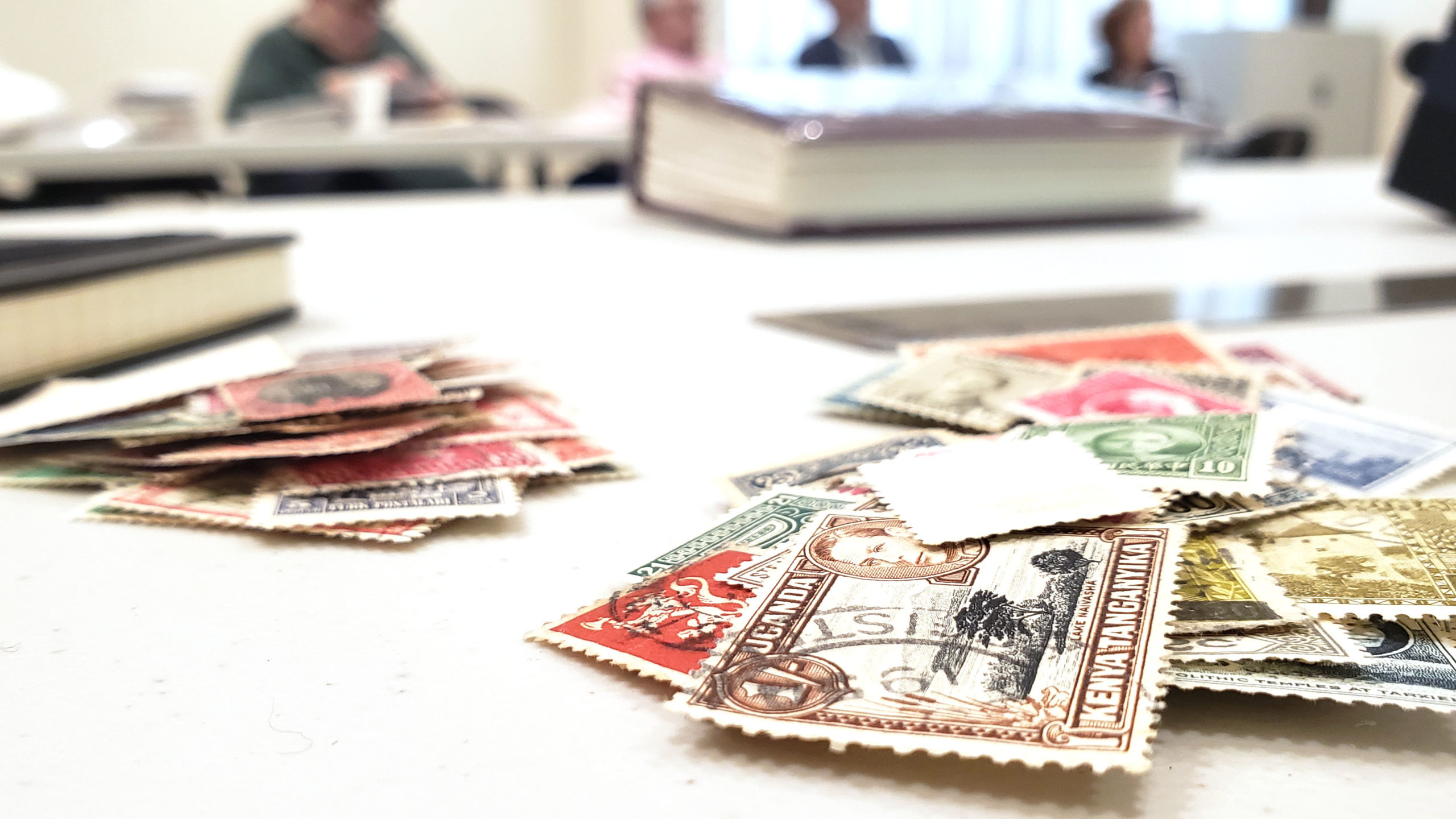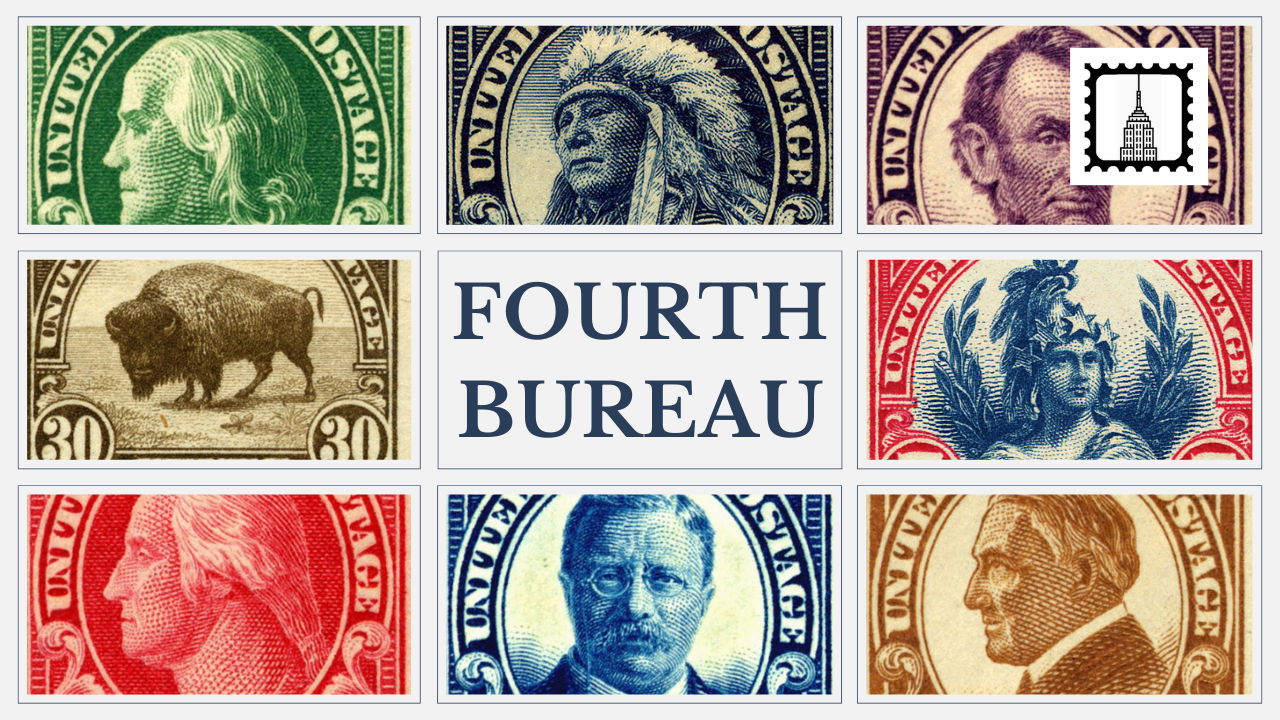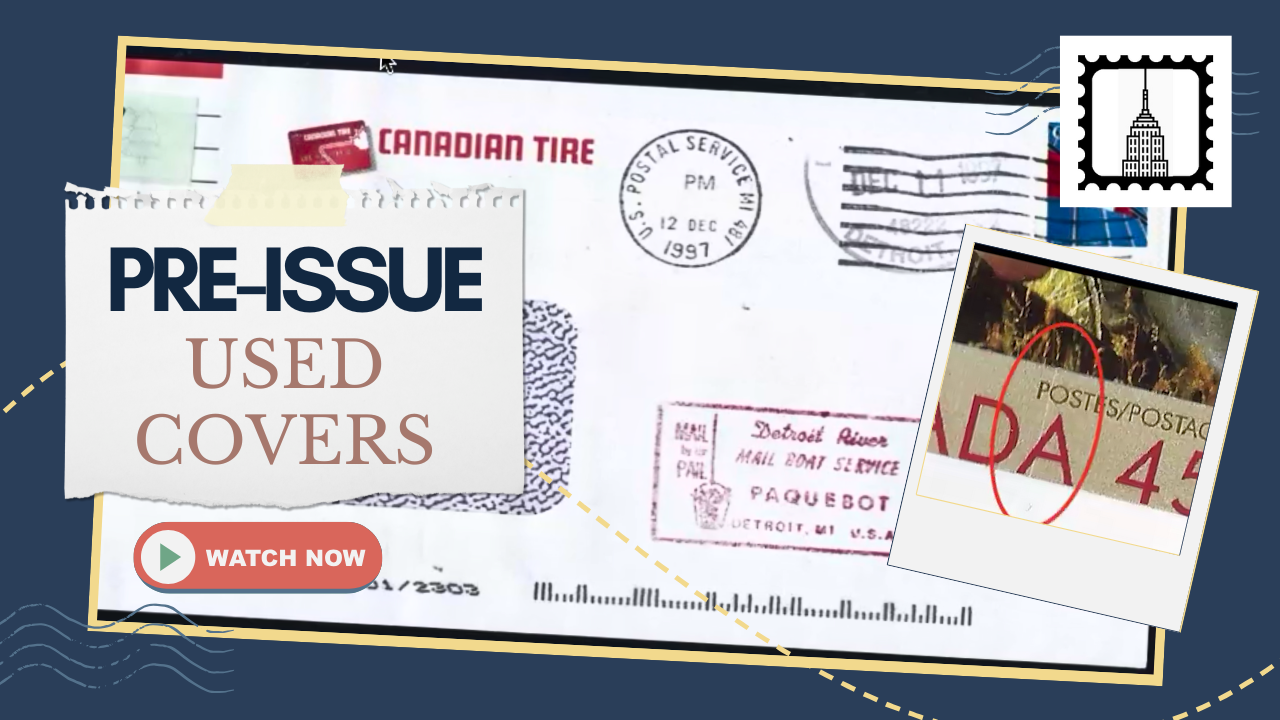Canada’s philatelic journey began with a series of stamps known as the “Pence Issue” from 1851 to 1859, preceding the country’s Confederation in 1867. These stamps, numbered 1 to 13 in philatelic catalogs, are prized by collectors for their beauty, rarity, and historical significance. In a recent presentation, Arnie Janson provided a detailed overview of the Pence Issue, its various designs, and notable varieties.
Let’s explore these iconic stamps and their place in early Canadian philatelic history.
The Origins of the Pence Issue
The Pence Issue marks the first postage stamps ever issued by the Province of Canada. They were released between 1851 and 1859 and are notable for their connection to the pre-Confederation era. The stamps were denominated in pence, a reflection of Canada’s early monetary system, which was aligned with the British pound.
The key stamps in this series are:
- Three Penny Beaver: The first stamp in Canada, designed by Sir Sanford Fleming. It featured a beaver, symbolizing Canada’s wildlife and fur trade.
- Six Penny Prince Albert: Featuring Prince Albert, Queen Victoria’s consort.
- Twelve Penny Queen Victoria: Depicting Queen Victoria, based on the famous Chalon portrait.
The Three Penny Beaver, designed by Sir Sanford Fleming, is particularly significant as it reflects the natural wealth of the country. Fleming, also known for his work on developing time zones and the Canadian railway system, brought his talents to this pioneering stamp.
Key Stamps and Designs
1. Three Penny Beaver (1851)
The Three Penny Beaver was Canada’s first stamp and an early depiction of wildlife on postage. The design is simple yet meaningful, reflecting the economic importance of the fur trade. In mint condition, this stamp can fetch anywhere from $30,000 to $160,000.
2. Six Penny Prince Albert (1851)
This stamp showcases Prince Albert in a regal profile and was valued at six pence. While it is a collector’s dream, its value can be astronomical in mint condition, making it unattainable for many collectors. However, specimen versions are still within reach for dedicated enthusiasts.
3. Twelve Penny Queen Victoria (1851)
Featuring a youthful Queen Victoria, this stamp uses the famed Chalon portrait, which was based on an 1840 painting by Alfred Edward Chalon. This design became the basis for numerous stamps of the era, not just in Canada but across the British Empire.
Varieties of the Pence Issue
Beyond the basic designs, the Pence Issue includes numerous varieties, many of which are highly sought after by collectors. Some of these include:
- Major Reentries: A printing error where the design is unintentionally duplicated or shifted, creating a “double” effect on certain parts of the stamp.
- Cracked Dies: A flaw in the printing plate results in cracks appearing on multiple stamps, making these varieties identifiable and rare.
- Thin Paper Varieties: Some stamps were printed on thinner paper, which is now considered a distinct variation.
- Weeping Sun Plate Flaw: A small flaw in the design where a teardrop-like mark appears near the sun, adding character to the stamp.
Example: Three Penny Beaver with Major Reentry
Position 47 of the Three Penny Beaver is known for a major reentry, characterized by a doubling of the top letters and corners of the stamp. This flaw is highly visible and adds to the stamp’s appeal and value. Similarly, a “cracked die” variety is seen on several stamps in this series, adding intrigue to the collecting experience.
The Shift to Perforations and Later Issues
The final stamps in the Pence Issue (numbers 11-13) were the same designs as earlier issues, but they were printed on wove paper and perforated. This was part of a broader trend in the mid-19th century to make stamps easier to separate from sheets.
Stamps like the Half Penny Queen Victoria (No. 11) and Three Penny Beaver (No. 12) were issued during this time, with perforations making them more practical for postal use. Some of these perforated versions are quite rare and are considered a separate category from the imperforate originals.
Famous Covers and Historical Letters
The Pence Issue also includes several famous covers and folded letters, offering a window into the history of Canada’s postal service. One notable example is a “turned letter” from 1852, where the same piece of paper was folded and reused for multiple correspondences. These rare pieces of postal history are prized by collectors for their historical significance.
The Legacy of Canada’s Pence Issue
The Pence Issue remains a cornerstone of Canadian philately, revered not just for its aesthetic appeal but also for the rich history it represents. Each stamp is a piece of early Canadian history, reflecting a time when the country was still forming its national identity.
From Sir Sanford Fleming’s iconic Three Penny Beaver to the regal Twelve Penny Queen Victoria, these stamps tell the story of a nation on the cusp of change. Whether you’re a seasoned collector or a newcomer to philately, the Pence Issue offers a fascinating glimpse into Canada’s postal and cultural heritage.
For collectors, the varieties and reentries of the Pence Issue provide endless opportunities for discovery. Whether you’re searching for a cracked die or a rare reentry, these stamps offer a unique blend of history, art, and intrigue.






